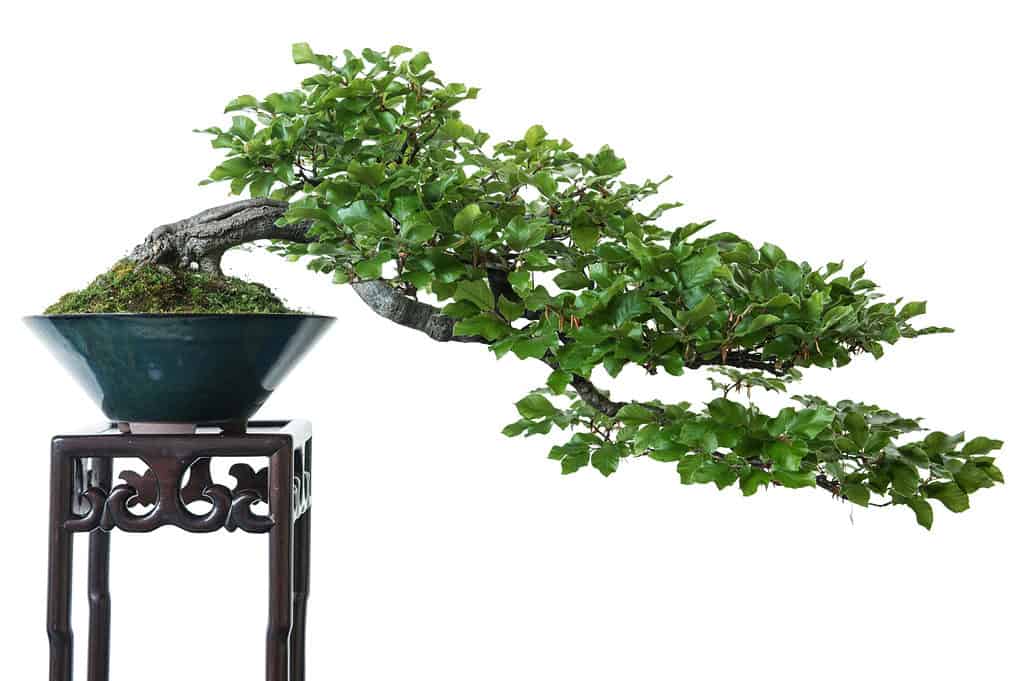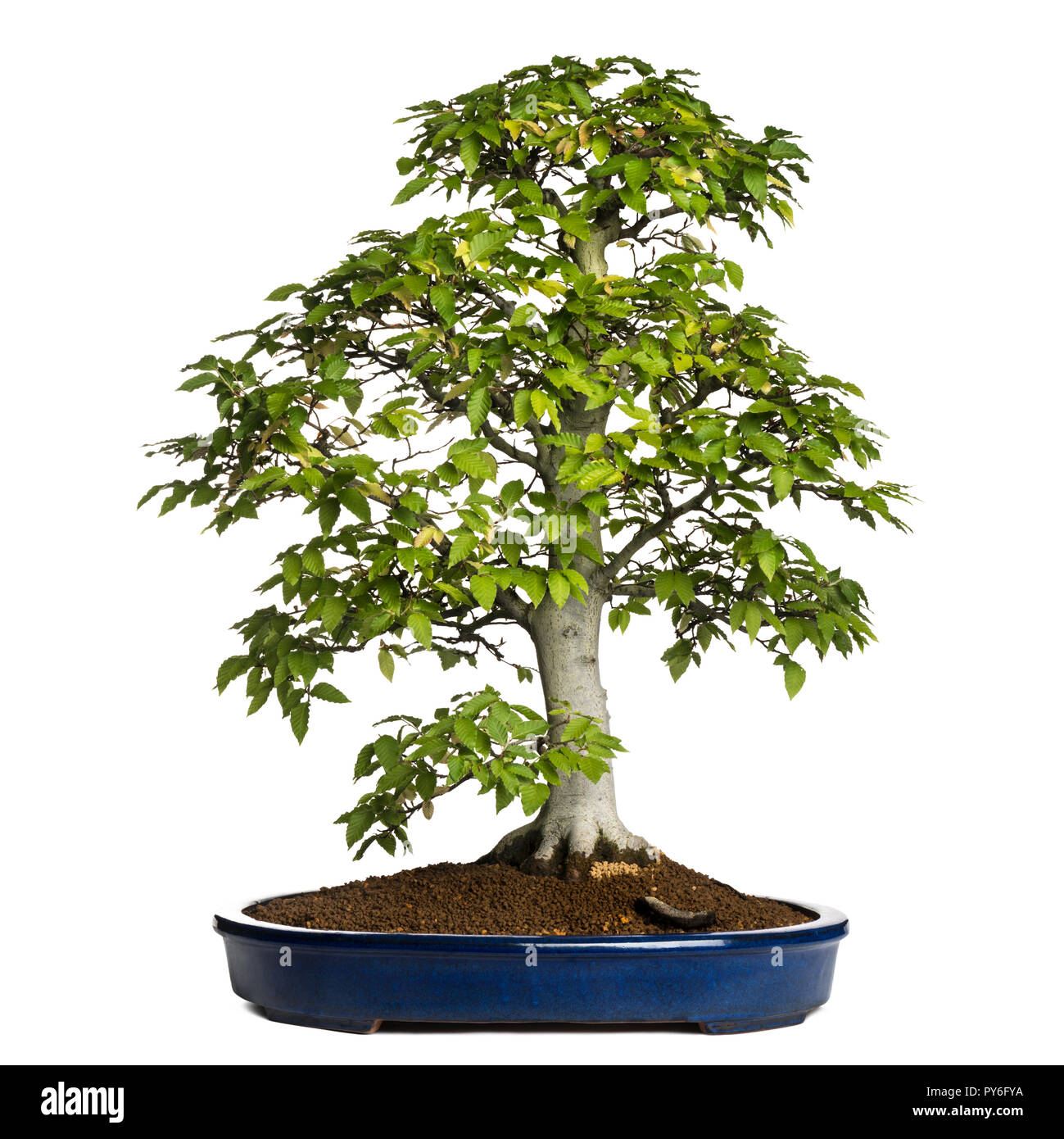Southern Beeches bonsai trees require well-drained soil and regular watering. They thrive in partial sunlight and need protection from extreme temperatures.
Southern Beeches, also known as Nothofagus, make stunning bonsai trees due to their unique appearance and adaptability. Originating from the Southern Hemisphere, these trees are prized for their small, dense foliage and graceful branches. Proper care involves maintaining well-drained soil, ensuring consistent watering, and providing partial sunlight.
Protect them from extreme temperatures to prevent damage. Trimming and wiring help shape these bonsai trees into beautiful, miniature versions of their full-sized counterparts. With the right care, Southern Beeches bonsai trees can thrive and bring a touch of elegance to any space.

Credit: www.scottishbonsai.org
Introduction To Southern Beeches Bonsai
Southern Beeches bonsai trees are native to the Southern Hemisphere. They grow well in cool climates. They are known for their beautiful leaves and unique bark. These trees require special care to thrive indoors. Proper watering and sunlight are essential for their growth. Their roots need space to spread out. Pruning helps to maintain their shape. Southern Beeches are perfect for bonsai enthusiasts.
The leaves of Southern Beeches are small and vibrant green. Their bark has a distinctive texture. These trees can live for many years with the right care. They are resilient but need attention to detail. Their branches grow in a graceful pattern. The roots are strong and help the tree stay healthy. These characteristics make them popular in bonsai art.
Choosing The Right Soil
Selecting the ideal soil is crucial for Southern Beeches Bonsai Tree Care. Use well-draining, nutrient-rich soil to promote healthy root growth and overall plant vitality.
Soil Composition
Good soil is very important for bonsai trees. It should be a mix of organic and inorganic materials. Organic materials include peat moss and bark. Inorganic materials include clay and sand. The soil should be loose and airy. This helps roots grow well.
Drainage Requirements
Proper drainage is crucial for bonsai trees. Water should flow freely through the soil. Poor drainage can cause root rot. Use a pot with drainage holes. Add a layer of gravel at the bottom. This helps water escape easily.
Optimal Watering Techniques
Southern Beeches bonsai trees require careful watering to thrive. Water deeply, ensuring soil remains consistently moist but not waterlogged. Adjust frequency based on seasonal changes to prevent root rot.
Watering Frequency
Southern Beeches bonsai trees need water every few days. The soil should be moist but not soggy. Check the soil with your finger. If the top inch is dry, it’s time to water. Use a watering can with a fine nozzle. This helps to avoid disturbing the soil. Water the tree until water drains from the pot’s bottom.
Signs Of Overwatering
Yellow leaves are a common sign of overwatering. The soil may smell musty or sour. Overwatered trees can develop root rot. The leaves might also become soft and wilted. Let the soil dry out before watering again. Ensure the pot has good drainage to prevent water buildup.

Credit: a-z-animals.com
Pruning And Shaping
Use sharp, clean tools for pruning. Dirty tools can harm the tree. Scissors work well for small branches. Pruning shears are good for thicker branches. Keep your tools sharp. Dull tools can damage the tree. Clean tools with alcohol before use. This stops the spread of disease. Store tools in a dry place. Rusty tools can break.
Wire wrapping helps shape branches. Use soft wire to avoid damage. Bend branches slowly and gently. Check the wire weekly. Remove it if it cuts into the bark. Clip and grow is another method. Prune branches to the desired shape. Let new growth fill in the gaps. Both methods help shape your bonsai. Choose the one best for your tree.
Fertilization Tips
Organic fertilizers are great for your Southern Beeches bonsai. They release nutrients slowly. This helps the tree grow strong. Inorganic fertilizers provide nutrients quickly. They are useful for fast growth. You can also use liquid fertilizers. These are easy to apply and mix with water. Granular fertilizers are another option. They release nutrients over time. Choose the type that suits your tree’s needs.
Fertilize your bonsai every two weeks during the growing season. Use a balanced fertilizer for best results. Reduce the frequency in the fall. Once a month is enough during this period. Avoid fertilizing in winter. The tree is dormant and does not need extra nutrients. Follow this schedule for healthy and vibrant growth.

Credit: www.alamy.com
Lighting Needs
Southern Beeches bonsai trees thrive under bright, indirect sunlight. Optimal growth requires positioning them near windows with ample light. Regularly rotating the tree ensures even light exposure for balanced development.
Natural Light
Southern Beeches bonsai trees love bright, indirect sunlight. Place them near a window but avoid direct sun. Direct sun can burn the leaves. Rotate the tree often. This ensures even light exposure. Remember to keep the tree away from drafts and cold windows.
Artificial Light
Use full-spectrum grow lights for indoor bonsai. Position the light about 12 inches above the tree. Ensure the light is on for 10-12 hours each day. LED lights are a good choice. They are energy-efficient and provide the right spectrum. Keep an eye on the tree’s growth. Adjust light distance as needed.
Pest And Disease Management
Southern beeches bonsai can attract pests. Aphids are small bugs that suck sap from leaves. Spider mites are tiny and create webs on leaves. Scale insects look like small bumps and can harm the tree. Caterpillars may eat the leaves and damage the tree. Whiteflies are small, white insects that fly when disturbed. They all cause harm to the bonsai tree.
Healthy trees resist diseases better. Water the bonsai properly to prevent root rot. Avoid overwatering. Good airflow around the tree reduces fungal infections. Clean tools before pruning to stop disease spread. Check leaves for spots or discoloration. Remove affected leaves immediately. Use organic sprays to protect the tree. Regular care keeps the bonsai healthy and disease-free.
Seasonal Care Guide
Southern Beeches Bonsai trees require special seasonal care to thrive. Ensure proper watering, sunlight, and pruning techniques for healthy growth.
Spring And Summer
Southern Beeches bonsai trees need more water in spring and summer. Water the tree daily to keep the soil moist. Prune the branches to shape the tree and remove dead parts. Fertilize the tree every two weeks with a balanced fertilizer. Place the bonsai in a sunny spot but avoid direct afternoon sun.
Fall And Winter
Water the bonsai tree less in fall and winter. Check the soil before watering to avoid overwatering. Protect the tree from frost by keeping it in a sheltered spot. Reduce fertilizing to once a month during these colder months. Prune lightly to maintain shape without stressing the tree.
Conclusion
Caring for a Southern Beeches Bonsai Tree requires patience and dedication. Regular watering, proper sunlight, and pruning are essential. By following these tips, your bonsai will thrive and remain healthy. Enjoy the beauty and tranquility it brings to your space.
Happy bonsai gardening!

